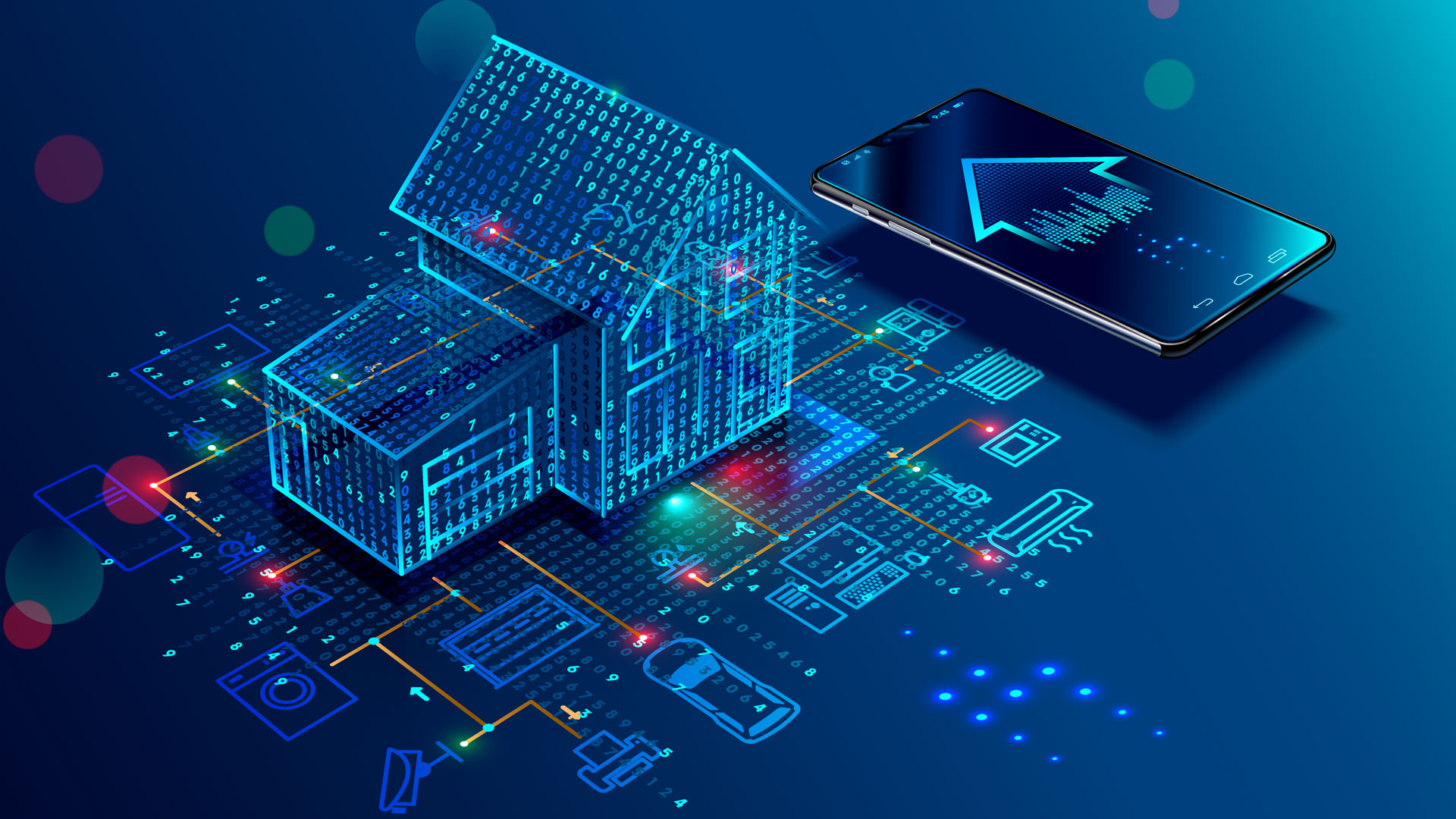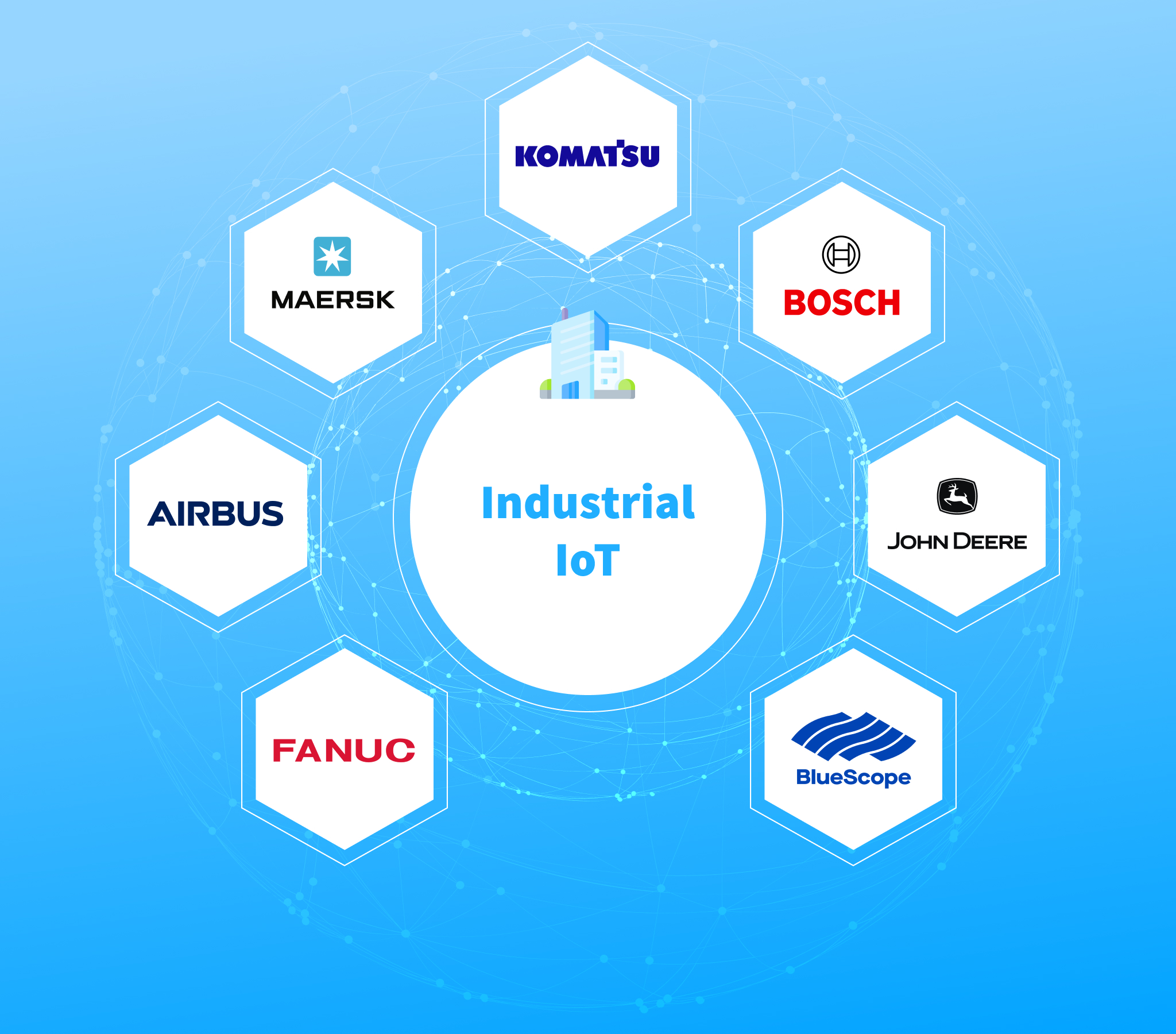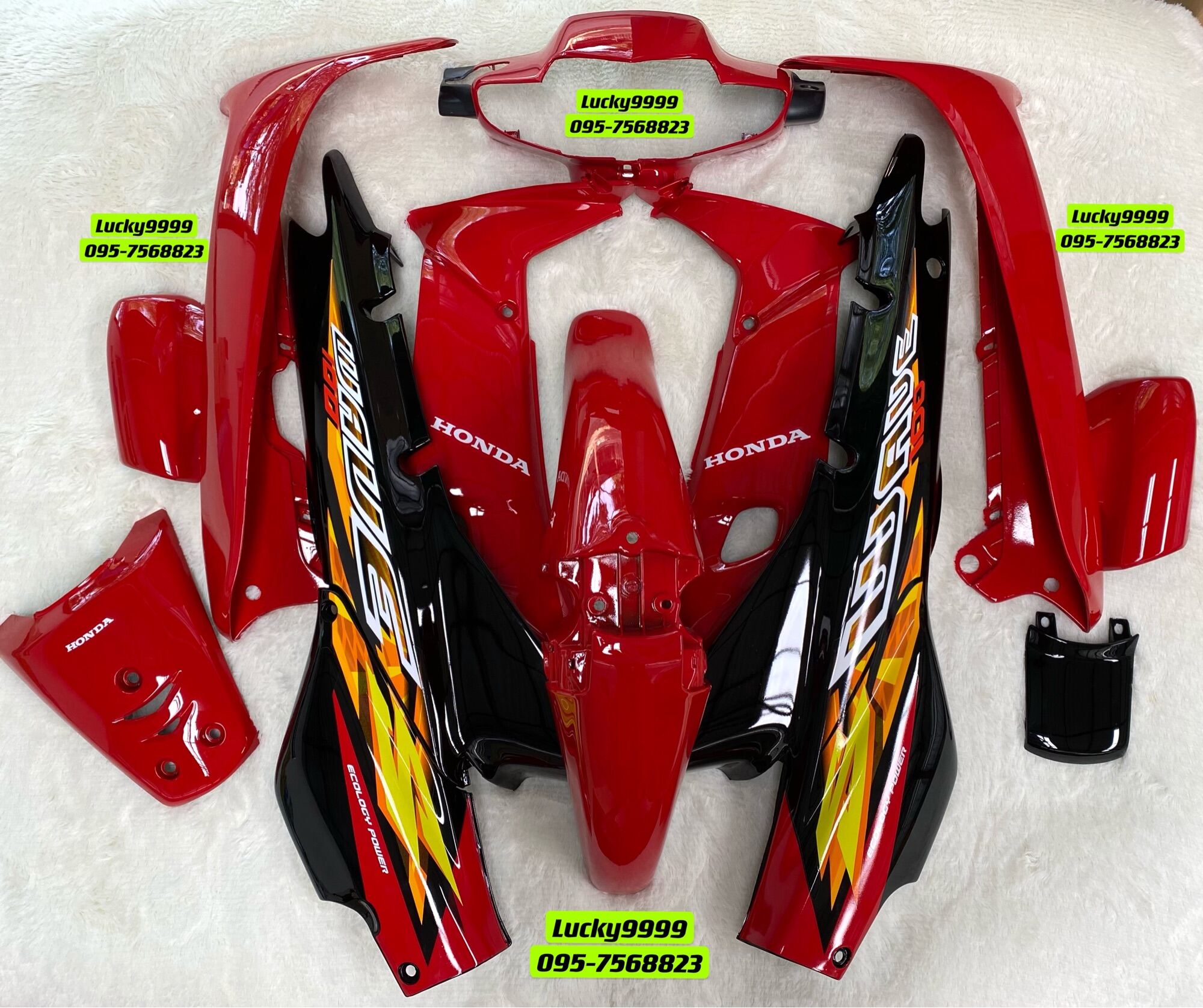Hey there, tech enthusiasts! Let’s dive into something that’s shaping the future of connectivity—RemoteIoT applications. Whether you’re a business owner, a tech-savvy individual, or just someone curious about how the world is evolving, RemoteIoT applications are worth your attention. These cutting-edge technologies are transforming industries, enhancing efficiency, and making life a whole lot easier. So, buckle up because we’re about to explore the ins and outs of this game-changing tech.
Imagine being able to control and monitor devices from anywhere in the world without lifting a finger. That’s the magic of RemoteIoT applications. They’re not just a buzzword; they’re a reality that’s redefining how we interact with technology. From smart homes to industrial automation, RemoteIoT applications are everywhere, and their potential is limitless. Let’s uncover why they matter and how they’re changing the game.
Now, before we dive deeper, let’s set the stage. RemoteIoT applications are more than just a tech trend—they’re a necessity in today’s fast-paced world. They’re helping businesses cut costs, improve productivity, and stay ahead of the curve. But what exactly are they, and how do they work? Stick around, because we’re about to break it down for you in a way that’s easy to digest and packed with actionable insights.
- Unveiling The Truth Behind Tiger Woods Mother Age Ndash A Journey Through Time
- Who Is The Lead Singer Of Journey Now Unveiling The Voice Behind The Iconic Band
What Are RemoteIoT Applications?
Alright, let’s get down to business. RemoteIoT applications refer to the integration of Internet of Things (IoT) technology into systems that allow remote monitoring and control. Think of it as a bridge that connects devices, sensors, and networks, enabling seamless communication regardless of geographical location. It’s like having a virtual assistant that keeps an eye on everything for you.
These applications are built on the backbone of IoT, which connects everyday devices to the internet, allowing them to exchange data and perform tasks autonomously. Whether it’s a thermostat adjusting itself based on your preferences or a factory machine sending alerts when it needs maintenance, RemoteIoT applications are the driving force behind it all.
Why RemoteIoT Applications Matter
So, why should you care about RemoteIoT applications? Well, here’s the deal—they’re revolutionizing industries by providing real-time data, improving operational efficiency, and reducing costs. For businesses, this means better decision-making, increased productivity, and enhanced customer satisfaction. For individuals, it translates to smarter homes, better health monitoring, and a more connected lifestyle.
- Scream 1 Villain Unveiling The Mask Behind The Mystery
- Cincinnati Reds 2024 Schedule Your Ultimate Guide To The Season
Let’s take a quick look at some key benefits:
- Real-Time Monitoring: Stay updated on the status of your devices without lifting a finger.
- Cost Efficiency: Reduce expenses by optimizing resource usage and minimizing downtime.
- Scalability: Easily expand your system as your needs grow without major overhauls.
- Enhanced Security: Protect your assets with advanced security protocols and real-time alerts.
Applications of RemoteIoT in Various Industries
Now that we’ve covered the basics, let’s explore how RemoteIoT applications are being used across different sectors. From healthcare to agriculture, the possibilities are endless. Each industry has its unique challenges, and RemoteIoT applications are providing innovative solutions to tackle them head-on.
RemoteIoT in Healthcare
In the healthcare sector, RemoteIoT applications are saving lives. Devices equipped with IoT technology can monitor patients’ vital signs in real-time, alerting doctors and nurses to any anomalies. This not only improves patient care but also reduces hospital stays and emergency room visits. Wearable devices, remote patient monitoring systems, and smart medical equipment are just a few examples of how RemoteIoT is transforming healthcare.
RemoteIoT in Agriculture
Agriculture is another field where RemoteIoT applications are making waves. Farmers are using IoT sensors to monitor soil moisture, weather conditions, and crop health. This data helps them make informed decisions about irrigation, fertilization, and pest control, leading to higher yields and reduced resource wastage. It’s like having a digital farmer assistant who knows exactly what your crops need to thrive.
Key Technologies Behind RemoteIoT Applications
RemoteIoT applications wouldn’t be possible without some key technologies working in harmony. Let’s break them down:
- Sensors: These are the eyes and ears of the system, collecting data from the environment.
- Connectivity: Whether it’s Wi-Fi, Bluetooth, or cellular networks, connectivity ensures that data flows seamlessly between devices.
- Data Analytics: Raw data is useless without analysis. Advanced algorithms process the data to provide actionable insights.
- Cloud Computing: The cloud acts as the brain of the operation, storing and processing vast amounts of data efficiently.
Challenges and Limitations of RemoteIoT Applications
While RemoteIoT applications offer incredible benefits, they’re not without their challenges. Security concerns, data privacy issues, and interoperability are some of the hurdles that need to be addressed. Additionally, the cost of implementing these systems can be prohibitive for small businesses and individuals. However, as technology advances, these challenges are gradually being overcome.
Security Concerns
One of the biggest concerns with RemoteIoT applications is security. With so many devices connected to the internet, the risk of cyberattacks increases. Hackers can exploit vulnerabilities in the system to gain unauthorized access to sensitive data. That’s why robust security measures, such as encryption and multi-factor authentication, are crucial.
Future Trends in RemoteIoT Applications
Looking ahead, the future of RemoteIoT applications is bright. Advances in artificial intelligence, machine learning, and 5G technology are set to take these applications to the next level. Imagine a world where devices not only communicate with each other but also learn and adapt to your needs. That’s the future we’re heading towards.
Artificial Intelligence and Machine Learning
AI and machine learning are transforming RemoteIoT applications by enabling predictive analytics and autonomous decision-making. Devices can now anticipate user needs and take preemptive actions, making them smarter and more efficient. This level of intelligence is opening up new possibilities across various industries.
How to Implement RemoteIoT Applications
Implementing RemoteIoT applications may seem daunting, but with the right approach, it can be a smooth process. Start by identifying your specific needs and goals. Then, choose the right hardware and software solutions that align with your requirements. Don’t forget to prioritize security and scalability from the outset.
Steps to Get Started
Here’s a quick guide to help you get started:
- Define Your Objectives: Clearly outline what you want to achieve with RemoteIoT applications.
- Select the Right Technology: Choose devices, sensors, and platforms that meet your needs.
- Implement Security Measures: Protect your system from potential threats with robust security protocols.
- Monitor and Optimize: Continuously monitor performance and make adjustments as needed.
Real-World Examples of RemoteIoT Applications
To give you a better understanding of how RemoteIoT applications work in practice, let’s look at some real-world examples:
- Smart Homes: Devices like smart thermostats, lighting systems, and security cameras allow homeowners to control their homes remotely.
- Industrial Automation: Factories use IoT sensors to monitor equipment performance and optimize production processes.
- Environmental Monitoring: IoT devices are used to track air quality, water levels, and other environmental factors to help protect our planet.
Conclusion: Embracing the RemoteIoT Revolution
And there you have it—a comprehensive look at RemoteIoT applications and their impact on our world. From enhancing business operations to improving personal lifestyles, these applications are shaping the future of connectivity. As technology continues to evolve, the possibilities are endless.
So, what’s next? If you’re inspired by the potential of RemoteIoT applications, why not start exploring how they can benefit you? Leave a comment below and let us know your thoughts. And don’t forget to share this article with your friends and colleagues who might find it useful. Together, let’s embrace the RemoteIoT revolution and build a smarter, more connected future!
Table of Contents
- What Are RemoteIoT Applications?
- Why RemoteIoT Applications Matter
- Applications of RemoteIoT in Various Industries
- RemoteIoT in Healthcare
- RemoteIoT in Agriculture
- Key Technologies Behind RemoteIoT Applications
- Challenges and Limitations of RemoteIoT Applications
- Security Concerns
- Future Trends in RemoteIoT Applications
- Artificial Intelligence and Machine Learning
- How to Implement RemoteIoT Applications
- Real-World Examples of RemoteIoT Applications
- Conclusion: Embracing the RemoteIoT Revolution
- What Does Butterface Mean A Deep Dive Into This Trendy Slang
- Estevez Brothers The Legendary Siblings Who Ruled Hollywood With Heart And Talent


